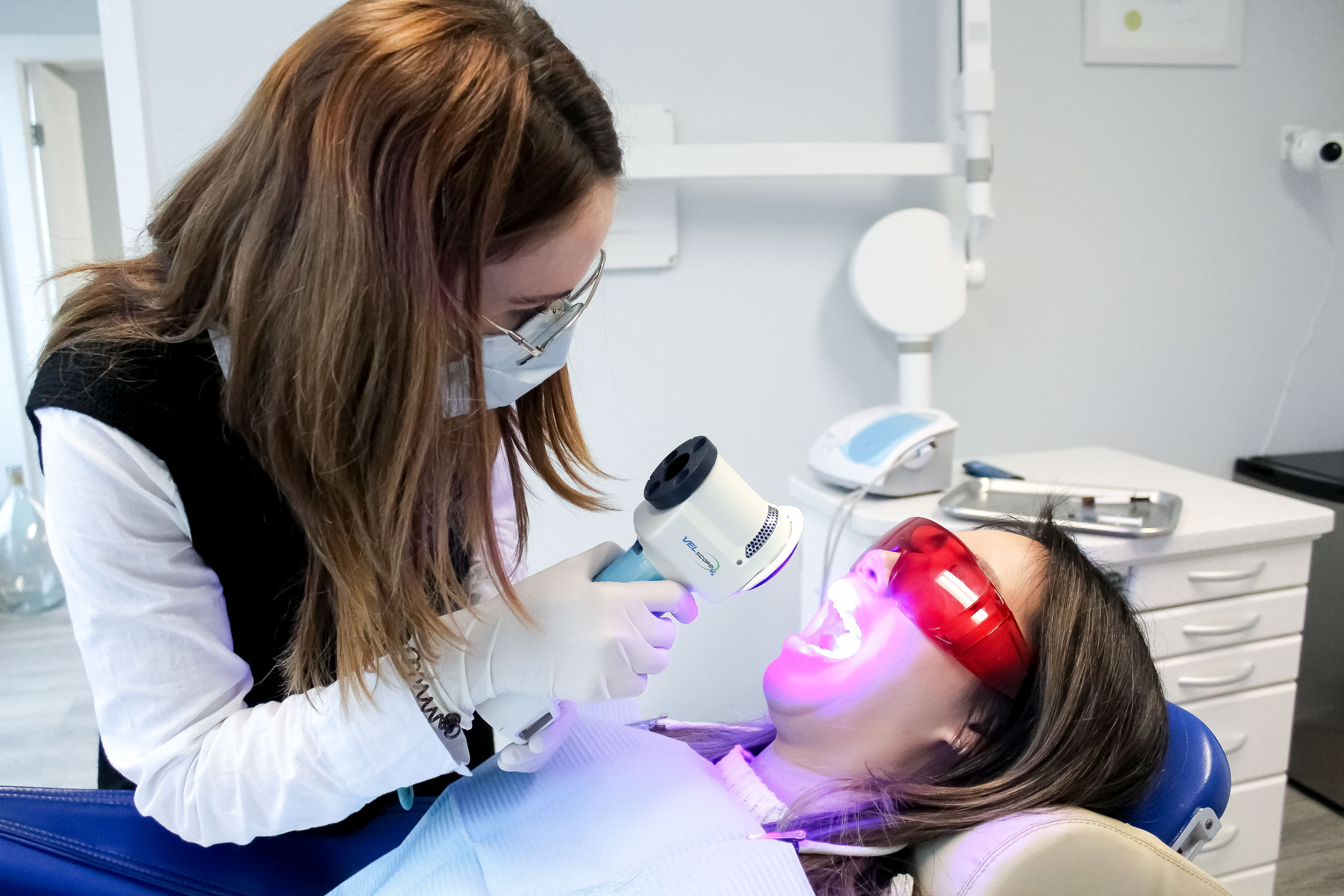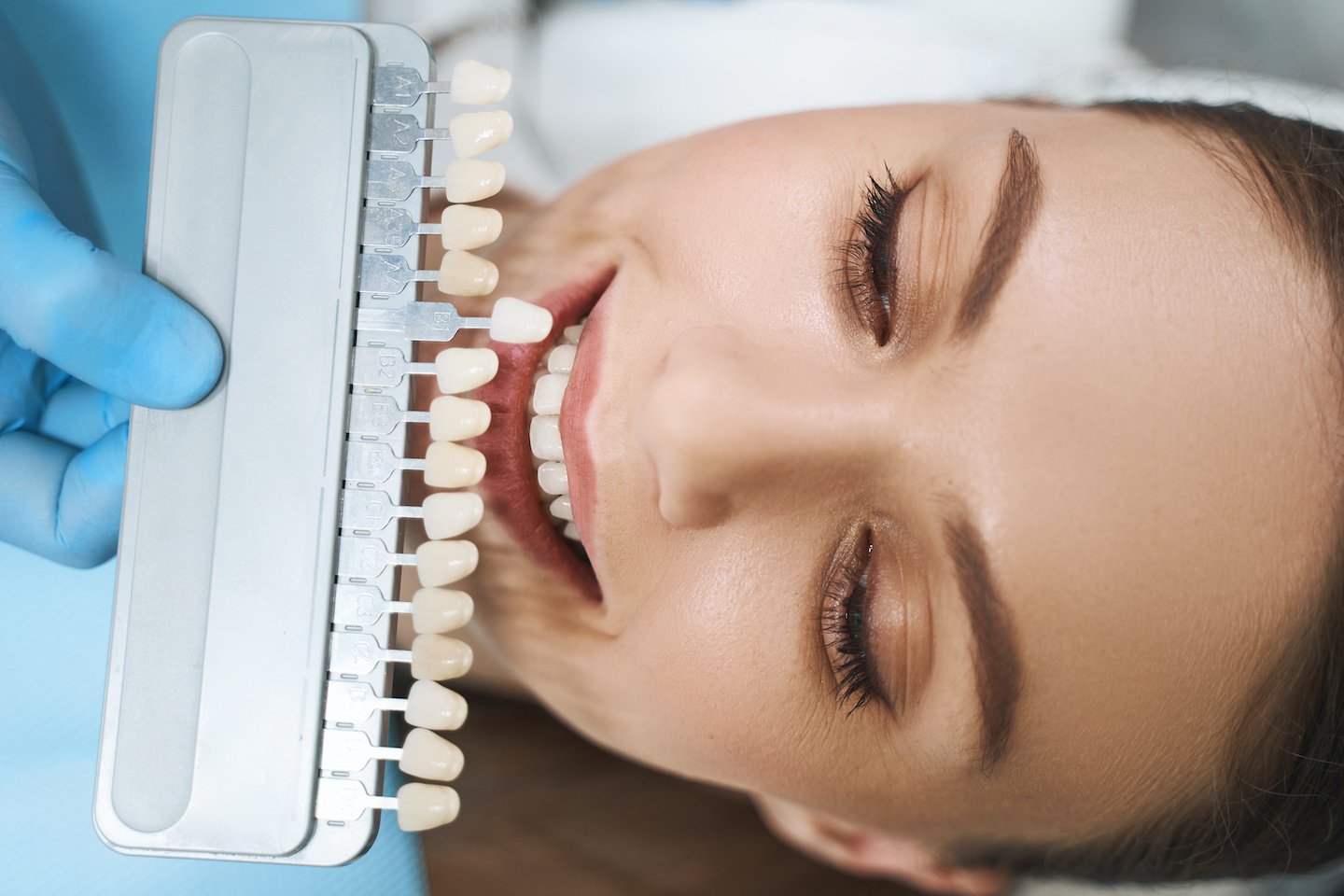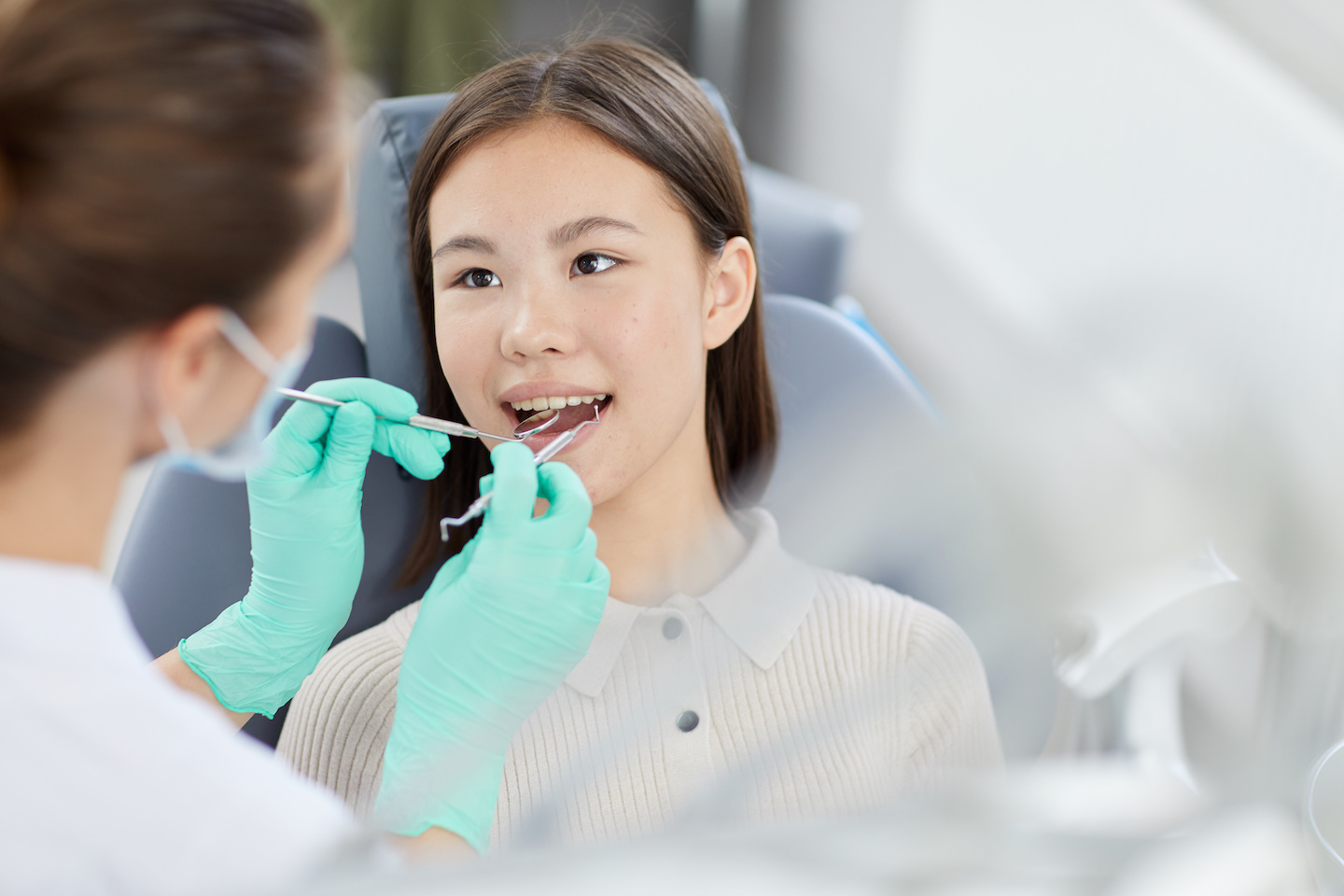Oral Cancer Self Assessment
25 Jul, 2023 | By teethwhiteningbypearl

Oral cancer is a serious and potentially life-threatening condition that affects millions of people worldwide. Early detection plays a crucial role in successful treatment and improved outcomes. One effective way to identify potential signs of oral cancer is through self-assessment. In this blog, we will guide you through a self-assessment for oral cancer, helping you understand the signs and symptoms to watch out for and empowering you to take control of your oral health.
Know your Risk Factors:
Start by understanding the risk factors associated with oral cancer.
These include:
- Tobacco and alcohol use: Smoking and heavy alcohol consumption significantly increase the risk.
- Human papillomavirus (HPV) infection: Certain strains of HPV have been linked to oral cancer.
- Age: The risk increases with age, particularly after 45 years.
- Gender: Men have a higher incidence of oral cancer than women.
- Sun exposure: Prolonged exposure to the sun can increase the risk of lip cancer.
Regular Self-Examination:
Performing regular self-examination allows you to become familiar with the normal appearance and feel of your mouth and identify any changes or abnormalities. Follow these steps:
- Stand in front of a well lit mirror
- Remove any dentures or removable oral devices
- Use a flashlight to improve visibility
Check the Outer and Inner Lips:
Inspect your lips for any sores, ulcers, or colour changes. Pay attention to:
- Red or white patches
- Unexplained bleeding or swelling
- Cracks or rough spots
Examine the Gums and Cheeks:
Using your fingers and the mirror, carefully examine the inside of your mouth, including the gums and cheeks.
Look for:
- Swellings, lumps, or thickening
- Changes in colour or texture
- Soreness or pain that does not go away
Inspect the Tongue:
Extend your tongue and examine its surface, edges and underside. Note any:
- White or red patches
- Unusual bumps or lumps
- Persistent pain or numbness
Observe the Roof and Floor of the Mouth:
Tilt your head back and examine the roof (palate) and floor of your mouth. Look for:
- Colour changes, such as red or white patches
- Swelling, lumps, or ulcers
- Difficulty swallowing or a sensation of something caught in your throat
Monitor the Throat and Tonsils:
Open your mouth wide and say “Ahh” to expose the back of your throat. Pay attention to:
- Persistent sore throat
- Changes in voice
- Swollen or enlarged tonsils
When to Seek Professional Help:
While self-assessment is valuable, it’s important to consult a healthcare professional if you notice any persistent or concerning symptoms. They can provide a definitive diagnosis and recommend appropriate treatment if necessary. Health professionals you could see for an oral cancer screening are MD, Nurse Practitioner, Dentist or Dental Hygienist.
Regular self-assessment for oral cancer is a simple yet powerful tool in protecting your oral health. By being aware of the risk factors and regularly examining your mouth, you can identify potential signs of oral cancer at an early stage, increasing the chances of successful treatment. Remember, self-assessment should complement regular dental check-ups, so make sure to maintain a good oral hygiene routine and visit your dentist or dental hygienist regularly for professional examinations and cleanings. Stay proactive and prioritize your oral health for a brighter, healthier future.
When you book your dental hygiene appointment at Pearl boutique Dental, we offer and suggest to new patients and returning patients a VELscope test. This test help with screening oral cancer and detect any abnormal tissues in the mouth.
Enjoy beautiful white teeth in Vancouver! Contact 604-620-9901 or book online
Book Now


